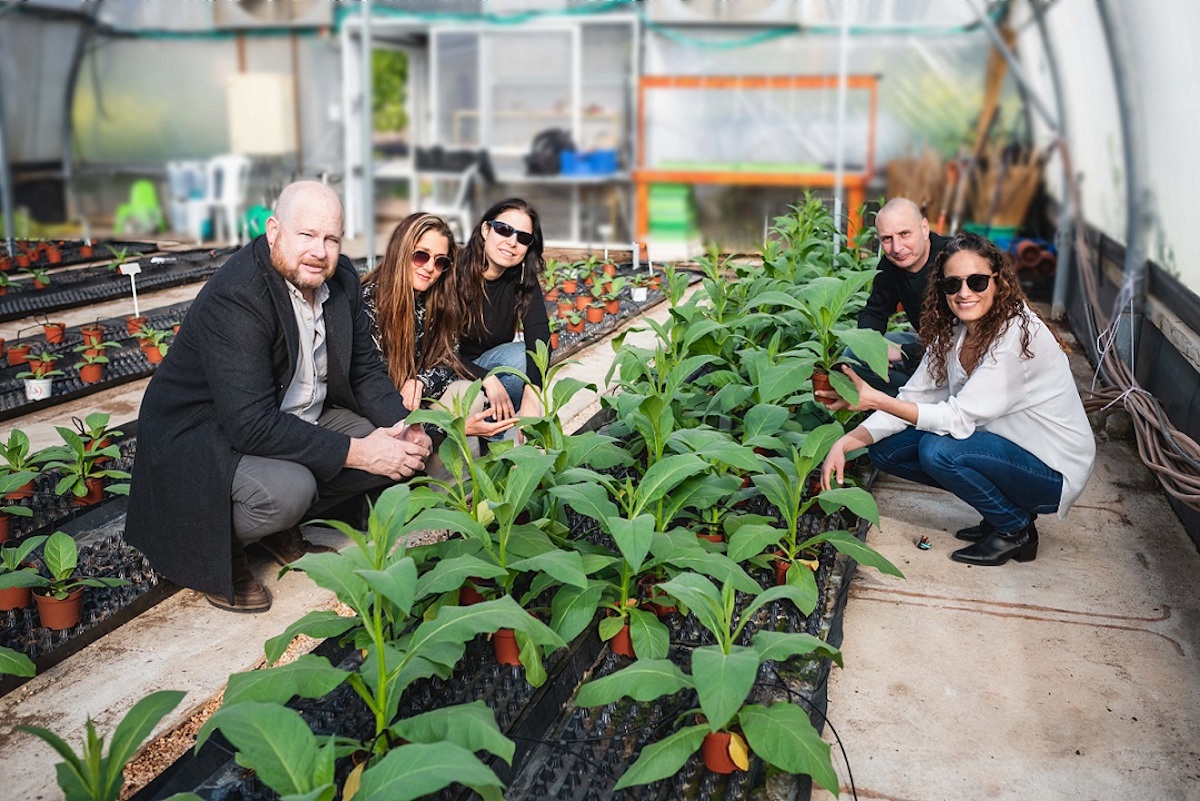Scientists create edible plant-based ink from food waste which could reduce cost of cultivated meat production

A group of researchers from the National University of Singapore and China’s Xi’an Jiaotong-Liverpool University have developed an edible plant-based ink from food waste for use in the production of cultivated meat.
The scientists created the edible plant-based ink from cereal husks and say it can be fully absorbed into the meat product during the 3-D printing process of scaffolds – in which animal muscle stem cells are grown on to give the same texture and structure as meat from slaughter.
To create the ink, they mixed proteins extracted from barley or rye with the corn protein zein.
According to the researchers, the ink is very cheap to produce, meaning it could reduce the overall cost of large-scale cell-based meat production.
Professor Jie Sun from Xi’an Jiaotong-Liverpool University, China, and one of the authors of the study said in a statement: “We have optimised our plant-based ink for 3D-printing technology so that we can print scaffolds and place muscle stem cells on them. The cells can then grow with the structure of the scaffold and we use beets to colour the grown meat to give it the look of conventional meat.
“This is a novel and disruptive idea to mass produce cultured meat. Using nutrients from food waste to print scaffolds not only uses and increases the value of the food waste but also alleviates the pressure on the environment from animal agriculture,” she added.
Different requirements are needed to create scaffolds for lab-grown meat compared to growing other types of cells, for instance, carcinogenic ones in the study of cancer. Because the meat needs to grow uniformly, have a good texture, and be comestible, the scaffold needs to be “edible and absorbed by muscle cells”, Professor Sun said.
“These are some of the biggest challenges in finding an edible ink suitable for EHD printing of the scaffolds. We tested various materials and finally decided to use plant protein to make scaffolds”.
The full study can be found in the journal Advanced Materials.
For cultivated meat to really take off, the sector urgently needs more scientists and alternative protein solutions. Find out more in this Food Matters Live Podcast episode:








